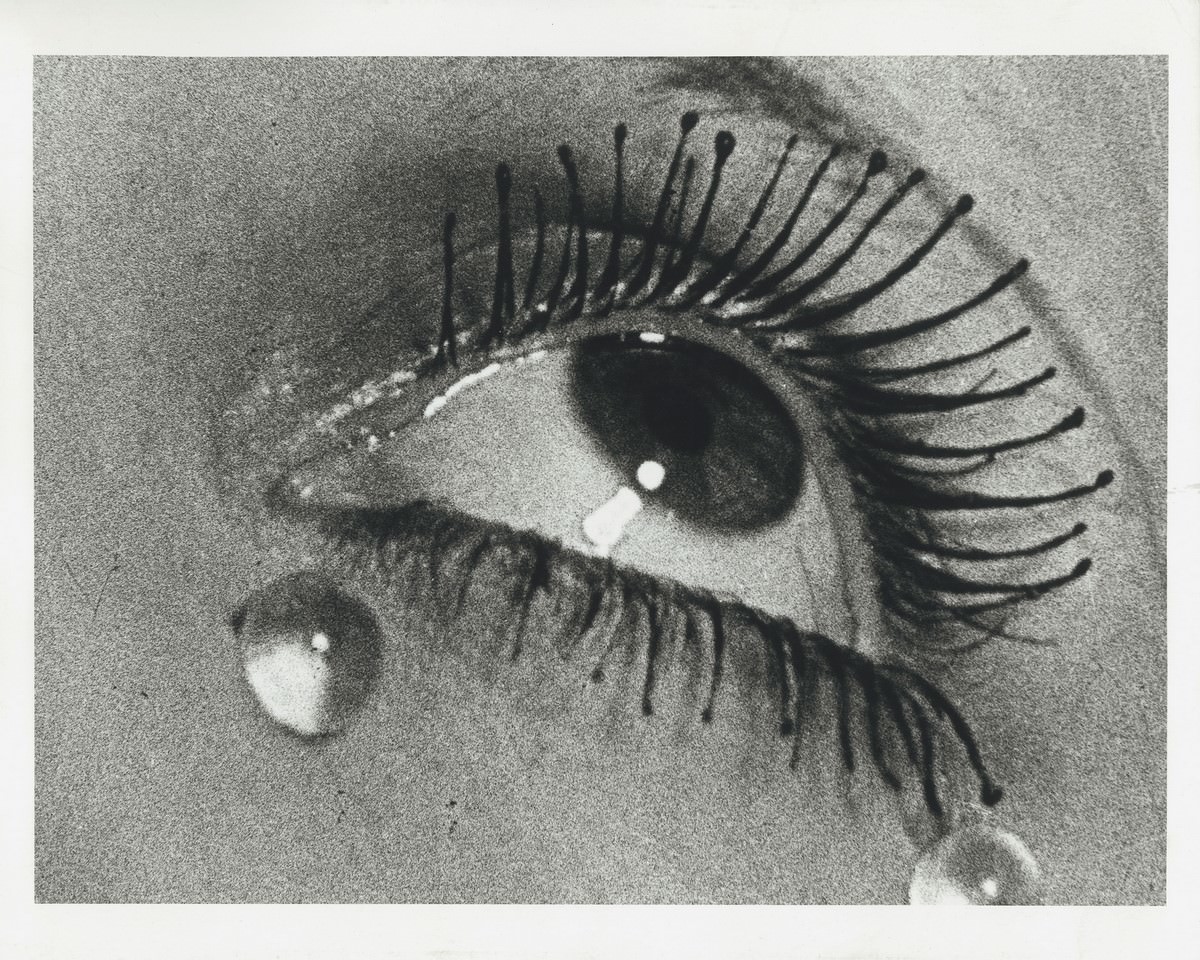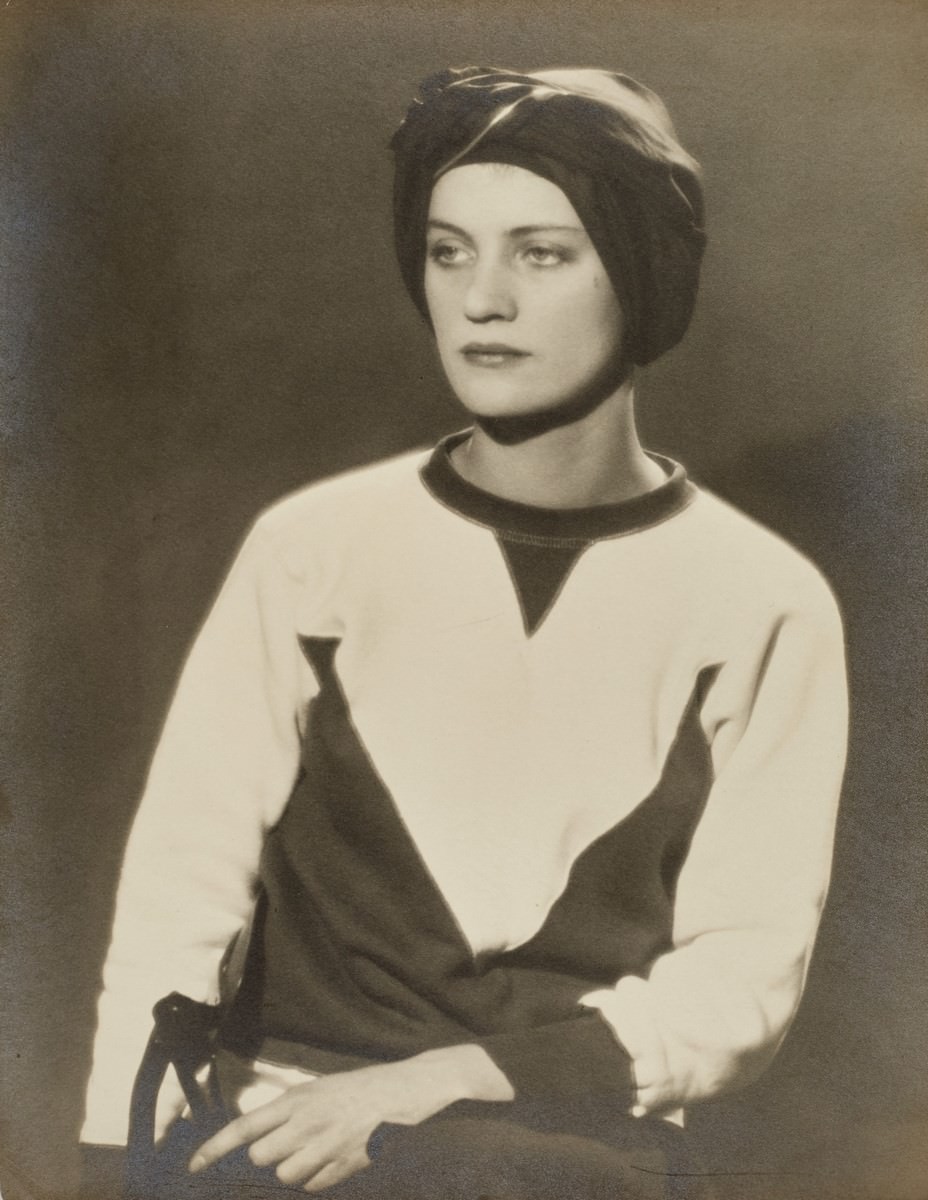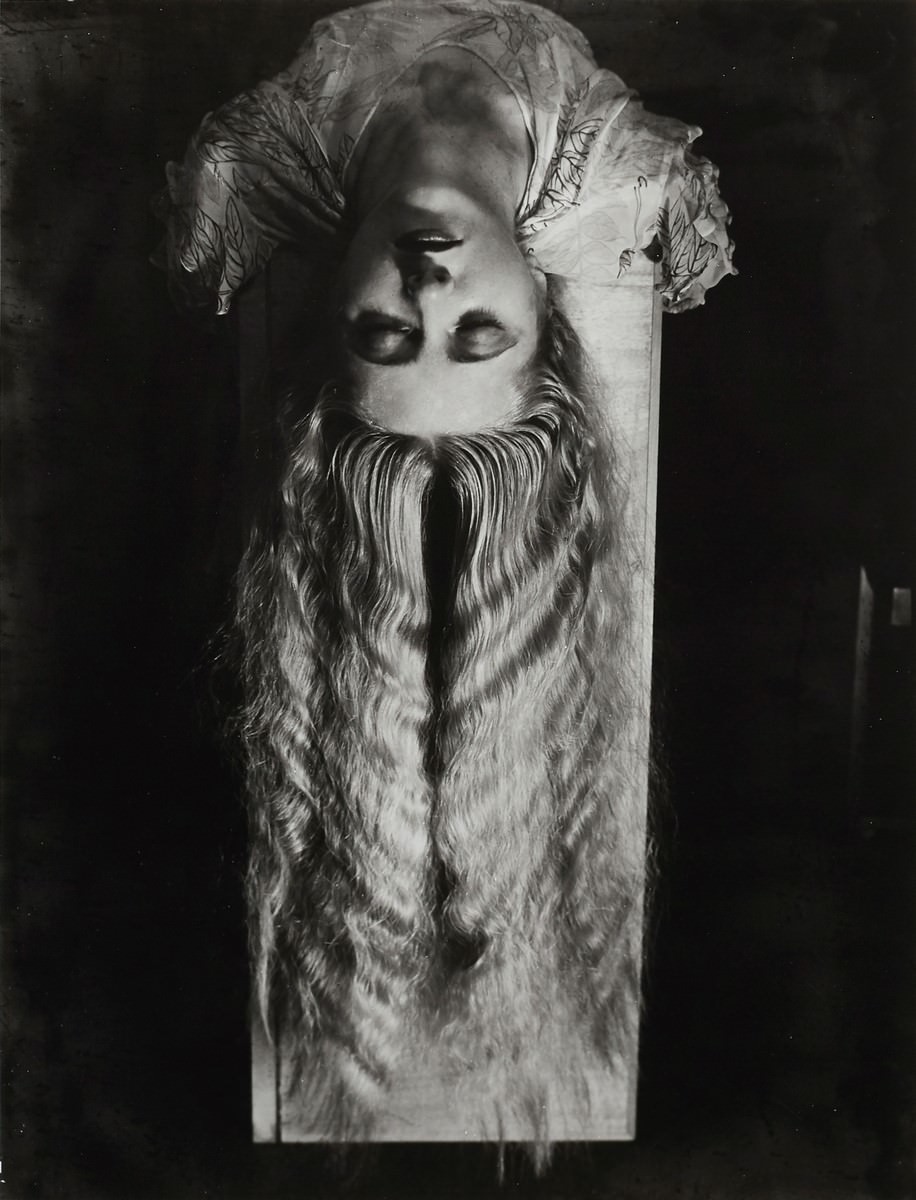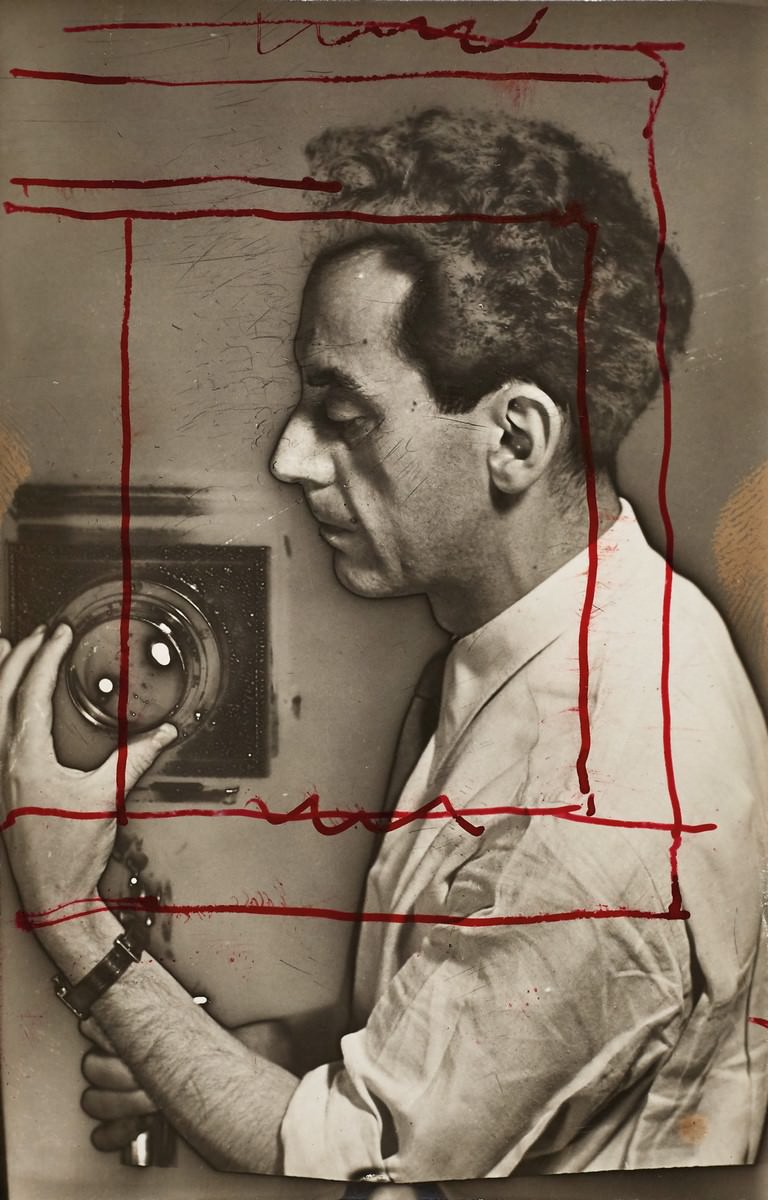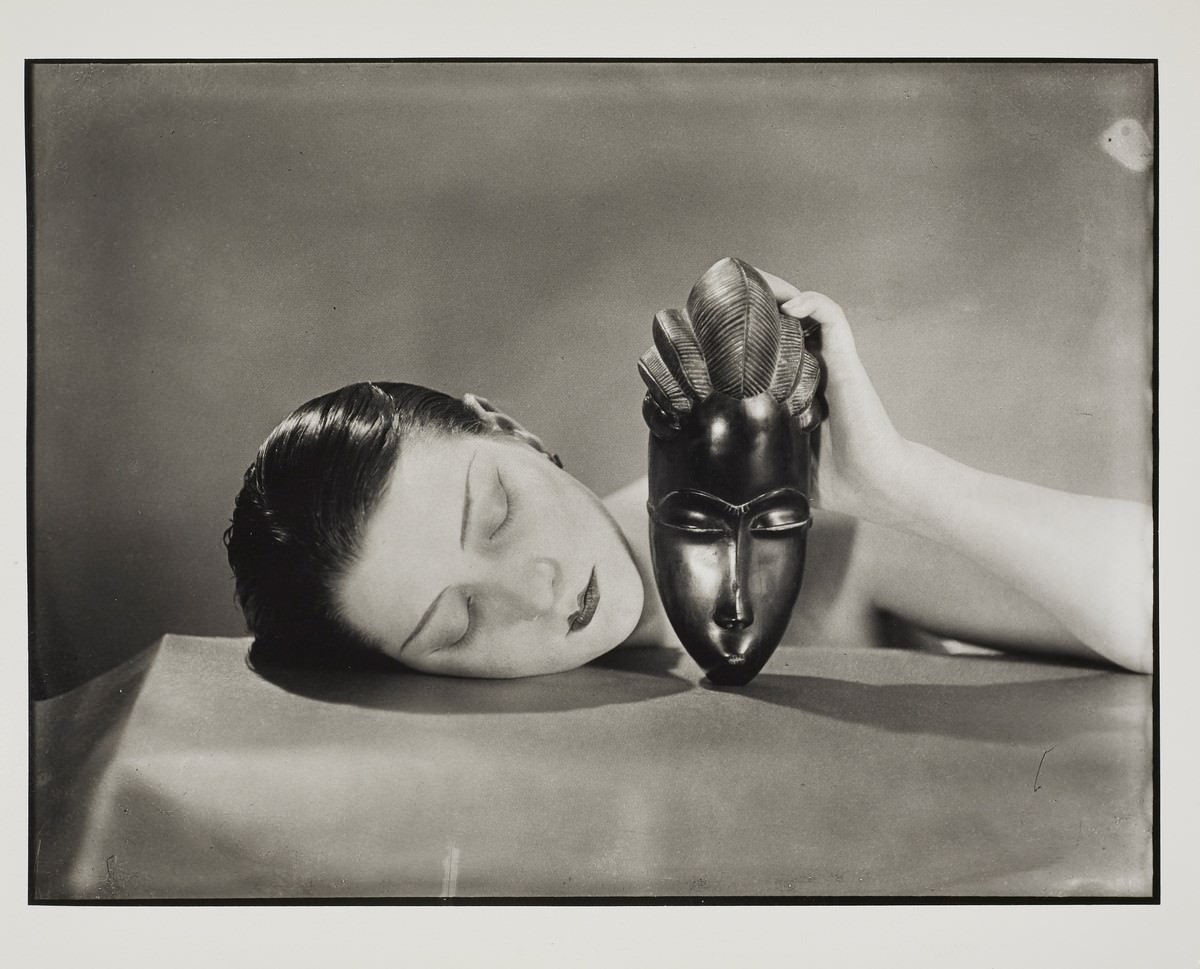For the first time in Brazil, 255 the artist's works will be presented to the public from 11 of december
Photographer, painter, sculptor, filmmaker… there are several attributes Man Ray, one of the greatest visual artists of the early twentieth century and exponent of the surrealist movement. And it's part of your creative story – a significant cut of his work – that belorizontinos will meet from December on display "Man Ray em Paris" presented by Brazil's Belo Horizonte Bank Cultural Center. Almost 130 years after his birth the Brazilian public can check 255 works of unpublished artist in the country, between objects, videos, photographs and screen prints of varying sizes - 40×30 a 130×90 cm - developed during the years he lived in Paris, between 1921 and 1940, its period of greatest creative effervescence. The show arrives in Belo Horizonte after passing through CCBB unit in São Paulo, and will be on display between 11 th December 2019 and 17 February 2020. The achievement is the Artepadilla and the project is sponsored by Banco do Brazil and the Ministry of Citizenship.
Curated by Emmanuelle de l'Ecotais, expert in the work of the artist and responsible for their Raisonée Catalog, the shows that can be seen in the CCBB BH will be divided into two categories. The first comes to photography as a reproduction of reality tool, focusing on his famous portraits – his studio was a reference between the intellectual vanguard that circulated by the Paris of the decade 1920 – in rehearsals for the designer Paul Poiret and photos to news reports. In the second, Furthermore proves: the laboratory photograph manipulation in order to create superpositions, solarizações and "rayografias", a term created by Man Ray (English "rayographs"), referring to himself. Thus, therefore, he invents the surreal photo.
The exhibit design provides, yet, reproduce images of Parisian life of Man Ray accompanied by artists who were her contemporaries and his muse, Kiki de Montparnasse. In addition to a schedule of films signed by him, interventions as a photo lab, with clarifications about the techniques used in his work, mark the interactivity with the visitor. The executive production is of Artepadilla.
Para curadora Emmanuelle the Ecotais, this retrospective, for the first time in Brazil, seeks to cover the immense and multiform work of Man Ray and shows the slow maturation of his work and a complete overview of your creativity. She points out that despite being known for his photography, It is also creator of objects, movie director and a handyman genius. "After quickly become professional photographer, His work ranges, continuously, between the work order – picture, to fashion -, on the other hand, and the desire to conduct an 'artistic work', the other. In his words, 'The artist is a privileged being able to get rid of all social restrictions, whose aim should be to achieve freedom and pleasure ' ".
BEYOND THE MORE 250 ARTIST WORKS, THE PUBLIC WILL MEET YOUR FOUR FILMS ABOUT AUTHOR AND A YOUR LIFE
Man Ray, one of the greatest visual artists of the early twentieth century and exponent of the surrealist movement, gains unprecedented exposure "Man Ray em Paris" presented by Brazil's Belo Horizonte Bank Cultural Center, from day 11 of december. In addition to the photographs, objects and serigraphs, the show features four videos signed by the multifaceted artist, who was also director, Besides a film that addresses your career. Almost 130 years after his birth, the Brazilian public can check 255 works of unpublished artist developed in the country during the years he lived in Paris, between 1921 and 1940, its period of greatest creative effervescence. The show can be given in Belo Horizonte between 11 th December 2019 and 17 February 2020. The achievement is the Artepadilla and the project is sponsored by Banco do Brazil and the Ministry of Citizenship.
The four Man Ray authoring movies can be viewed during the visit the exhibition. Are they: "The Return to Reason" / 1923 (Return to Reason), "Emak Bakia" / 1926 (Emak Bakia), "The Star of the Sea" / 1928 (Star of the Sea/The Starfish) and "The Mysteries of the Castle Given" / 1929 (The Mysteries of the Chateau of Dice). I "Man Ray, Sir 6 second "directed by Jean-Paul in Fargier 1998, appears in one of the rooms located on the 3rd floor of the CCBB-BH, in the exposure path visitation. Below, information about the films of his own from Emannuelle text l'Ecotais, Curator of the exhibition, and Man Ray in his own autobiography entitled "Self-portrait", published in 1963.
THE MOVIES
The Estrela do Mar / 1928 – Star of the Sea [ou The Starfish] –
Mute movie, black and white, 15 minutes
authorship: Man Ray
www.youtube.com/watch?v = csEDMzs3SXo
Man Ray conta, in Self-portrait, that the idea of the film occurred to him during an evening with Robert Desnos. "At the end of the meal, he started talking a lot and reciting poems by Victor Hugo and some other poets who were not much admired by the Surrealists. So, He took out a crumpled sheet: It was a poem he had written that day. He read it in her clear voice and well-modulated, giving it a sense that one would not have to read it in a book quietly. […] The poem Desnos resembled a scene from a movie, compound 15 or 20 verses, each of which presenting a clear picture, featured, a place or a man and a woman. No dramatic action, but all the elements for a possible action. O poema is chamava "The Starfish", The Star of the Sea. […] My imagination had been stimulated by the wine during our dinner, but the poem moved me enough. I clearly visualized as a movie - a surreal movie ". Man Ray plays the film in a few weeks.
Emak Bakia / 1926 – Emak Bakia
Mute movie, black and white, 16 minutes
authorship: Man Ray
www.youtube.com/watch?v = ezkw2i8INlU
Emak Bakia means, Second Man Ray, "leave me alone". It is also the name of the summer home of Arthur Wheeler, that you order the film. this house, They are rotated some of her scenes, as Man Ray explains in Self-portrait: a collision with "a flock of sheep", "A nice pair of legs dancing the Charleston, dance fashion, the seas turning into sky and the sky, in March etc. "Emak Bakia is designed according to principles dear to Surrealism: automatism, improvisation, irrationality, psychological and dreamlike scenes, illogic and disregard for drama.
Man Ray tells how the idea of the end of the film occurred to him: "A visit from my friend Jacques Rigaut, the dandy of the given, the personable what could have been a movie star if I had desired, He gave me the idea of how complete it. He was, as always, impeccably dressed, as his well-cut clothes, Homburg hat dark, starched collar and tie with a discreet pattern. I sent my assistant Boiffard buy a dozen white stiff collars, to put in a small briefcase. […] in the studio, made a close-up of hands Rigaut opening the briefcase, picking up the collars one on one, cutting them in two and throwing them on the floor. (After, I did a reverse impression of falling collars, that seemed to be rising). I asked Rigaut who would build up the outside of his collar, showing the tie around your neck. He looked even better dressed than before, more formal. With this, their participation ended. After he left, I filmed some scenes with torn collars rolling, reflected in the deformed mirrors; They did cartwheels and dancing rhythmically ".
The Return to Reason / 1923 – Return to Reason
Mute movie, black and white, 3 minutes
authorship: Man Ray
www.youtube.com/watch?v = dNYhgcV3o-E
Man Ray conta that, one day, Tristan Tzara came to him to ask him to do for the next day a movie to be displayed in a Dada session would happen in the theater Le Coeur à Barbe. At first, Man Ray did not accept, They are saying that until then had only done a few fragments of no interest, but insisted Tzara and even suggested that utilizes the technique of rayografia. Man Ray reports long after, in Self-portrait, how did this film: "I bought a roll of film of thirty meters, I went to my darkroom and cut into short pieces, pinning them on my desk. In some pieces, sprinkled salt and pepper, as a cook preparing your roast, other I played at random pins and tacks; then I turned on the white light for a second or two, as I had done with my rayografias. […] then, only grudei the pieces, adding some scenes done before with my camera to extend the projection […]. I got to the theater a few minutes before the curtains were hanging; I gave my film to Tzara and told him he had to present it, because there was no titles, not the legendary ".
As always, this amusing story tends to cause the Man Ray's work is considered something trivial. Now, nothing is fortuitous in this lively composition, alternating abstraction and figuration in a sustained rate. Man Ray also reports that saw the film for the first time during his projection at Le Coeur à Barbe: "The film looked like a snowstorm, with flakes flying in all directions, rather than fall, until suddenly it became a field of daisies, as if the snow had crystallized flowers. This was followed by another scene of many crisscrossing pins and a revolving epileptic dance, and again a solitary tack desperately trying to get out of the screen. […] The next image was of a striped torso by light. […] so the spiral and egg pack began to turn on the screen […], the film broke ", sparking a riot in the theater. Typically a leading film, The return to reason remains current, when you take into account what Tristan Tzara said about you: "It was time to do something about the many stupidities that were seen on the screens".
The Mysteries of the Castle of Data / 1929 – The Mysteries of the Chateau of Dice
Sign up to receive Event News
and the Universe of Arts first!
Mute movie, black and white, 19 minutes
authorship: Man Ray
www.youtube.com/watch?v = V6bSygUuU9o
É Charles de Noailles, Large art lover, who order a Man Ray a film about his castle, built by Robert Mallet-Stevens in Hyères. He wants Man Ray "do some scenes with the facilities and the art collections of his castle […], and show your guests having fun in the gym and swimming in the pool ".
The shooting lasted fifteen days and was made in January 1929. It is the longest narrative film and ambitious of Man Ray, but it was criticized as "mundane and pointless fun". Note on it, in fact, the nascent bourgeoisie of passion years 1920 the sport. The Noailles himself was not happy with the result, who judged "abracadábrico", and asked Man Ray who remade the film, but he refused and definitely abandoned.
Man Ray, Sir 6 seconds
black and white, 52 minutes
authorship: John Paul Fargier
www.youtube.com/watch?v = s8gJJaUuWco
This dense and instructive film follows the prolific career Man Ray.
THE ARTIST
Emmanuel Radnitzky, better known by the pen name Man Ray, he was a painter, photographer, object-maker, sculptor and filmmaker, becoming one of the leading avant-garde artists of the twentieth century. Born in Philadelphia, United States, in 1890, and youth, moves to New York. There, began his studies at The Social Center Academy of Art. Still in the early 1910, meets Marcel Duchamp and other artists that made up the New York Dada movement. In 1921, leaves for Paris, city that welcomes for almost 20 years, to the Nazi siege 1940. The period in which he lived in the French capital was immense cultural boiling, not only for him, but for many other artists who consolidated the site as one of the greatest cultural centers of the world, a context in which various forms of art flourished, especially in years 1920. Remarkable names came from there, Man Ray is within the Surrealist movement and combines his work as a renowned photographer of the French intelligentsia with your artistic side, that handles photos in the laboratory for the production of works of art. During a World War II, back to the United States, where photographing celebrities from film and fashion. Returns to Europe with the end of war and, in the following years, get recognition for the excellence of their work, winning awards as the Gold Medal of Photography Venice Biennale, in 1961, publishing their photos and displaying their work to the general public. May Ray dies in Paris, in november of 1976.
curator
l'Ecotais Emmanuelle was by 17 years curator of photography not Musée d'Art Moderne de la Ville de Paris from 2001. With PhD in Art History, specializes in the work of Man Ray, has organized several exhibitions on the artist, among them, “Man Ray, photography upside down ", No. Pompidou Center / Grand Palace, in 1999. Other shows with trustees were "Alexander Rodchenko, photography in lil " (2007), "Bernhard et Anna Blume" e "Polaroid", na European House of Photography (2010); “Linder: Woman Object ", No. Museum of Modern Art of the City of Paris (2013); "Jean-Philippe Charbonnier, lil Paris ", no CMP, Paris (2014); "Objectivities, photography in Düsseldorf " (2008), "Henri Cartier-Bresson and imagination from nature"(2009), No. ambas Museum of Modern Art of the City of Paris. It is the author of several essays and books, among these "Given L'esprit" (Assouline Editions, 1999), “Man Ray” (Bags, 2000) e “Man Ray Rayographies” (Editions Léo Scheer, 2002). He was a permanent member of the acquisition committee of the Fonds National d'Art Contemporain (2004-2007) e da European House of Photography (2007-2010). It is also part of the jury in visual arts for young talent in Paris of the Royal Monceau Hotel Photography Award.
The pRODUCER
The Artepadilla is active cultural company for 30 years in the preparation area, organization, production, coordination and management of cultural projects. Held exhibitions cycles in the Light Cultural Center in Rio de Janeiro; units in Brasilia, Recife and Rio de Janeiro's Post Office Cultural Center; units in Brasilia, Curitiba, Fortress, Rio de Janeiro, Salvador and Sao Paulo Cultural Caixa, among others. It has extensive experience in international events area, having held the exhibition "Roy Lichtenstein: Buoyed life " (in partnership with the Roy Lichtenstein Foundation / New York City) at the Tomie Ohtake Institute / SP, among others. In art book publishing area, held "Manfredo Souzanetto: Work of Landscape ", "Margaret Mee", "Botanical Garden of Rio de Janeiro 1808/2008", “Jorge Hue”, among others, some of the projects through the Law for the Encouragement of Culture / Rouanet Act and the Municipal Cultural Incentive Law.
| Service: |
| Exhibition "Man Ray in Paris" comes to BH |
| From 11 th December 2019 to 17 February 2020 |
| Days and visiting hours: The second fourth-, from 10:00 to 10:00 pm |
| Local: Centro Cultural Banco do Brasil (Praça da Liberdade, 450 - Staff) |
| Information: culturabancodobrasil.com.br/portal/belo-horizonte |
| Free Entry |

